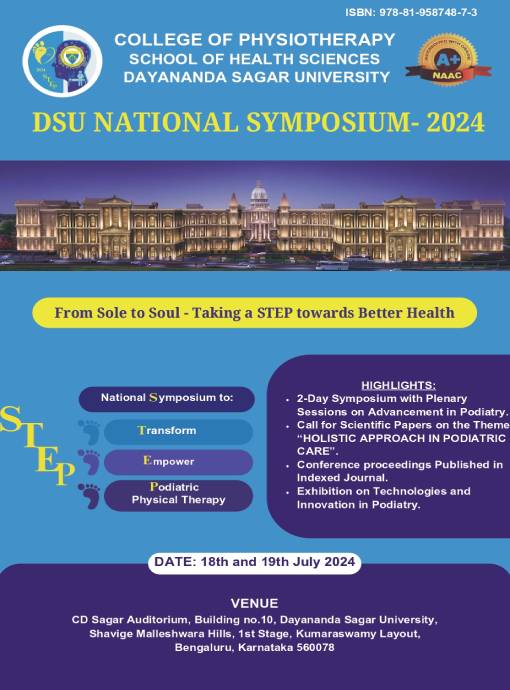Evaluation of Stretch Shortening Cycle and Conventional Exercise for Lateral Epicondylitis: A Pilot Study
DOI:
https://doi.org/10.18311/DSUPHY/9788195874873/2024/010Keywords:
Lateral Epicondylitis; Activities of Daily Living; Stretch Short Cycle; Traditional Exercise; Elbow ExercisesAbstract
Introduction: The extensor carpi radial is muscle may become imbalanced compared to other muscles in the upper arm and can disrupt the overall muscle balance in the upper limb. This muscular imbalance may then cause inflammation or irritation in the tendon. Regular physical activity is rarely used as the only treatment for lowering limb edema. Stretch Shortening Cycle (SSC) is effective compared to regular exercises. SSC affects functional abilities and physical refinement differently from conventional workouts.
Objective: This study compared the effects of SSC and conventional exercises on persons with unilateral lateral epicondylitis of the elbow who lived in and around Chennai.
Method: Patient received conservative care in the physiotherapy department from January 2022 to APRIL 2022. This study compares the Pre and Post types. Tennis Elbow Evaluation (PRTEE) questionnaires, a patient-specific functional scale, and grip strength tests were used in the study. Results from the study’s SSC group and conventional group are contrasted.
Results: After 12 weeks of therapy, investigators reassessed grip strength, PRTEE scores, and functional scale responses. In the post-test results of the patient rated tennis elbow evaluation survey, there is a statistically significant difference between SSC group and conventional group (P<0.001). The post-test outcomes from the patient specific activity scoring scheme questionnaire revealed a statistically significant disparity between SSC group and conventional group (P<0.001). The mean values for both groups exhibited a noteworthy change, with Team SSC demonstrating higher values in contrast to the control treatment.
Conclusion: SSC exercise demonstrates superior effectiveness over CE for LE management, emphasizing its significance in treatment.
 S. M. Divya Mary
S. M. Divya Mary
